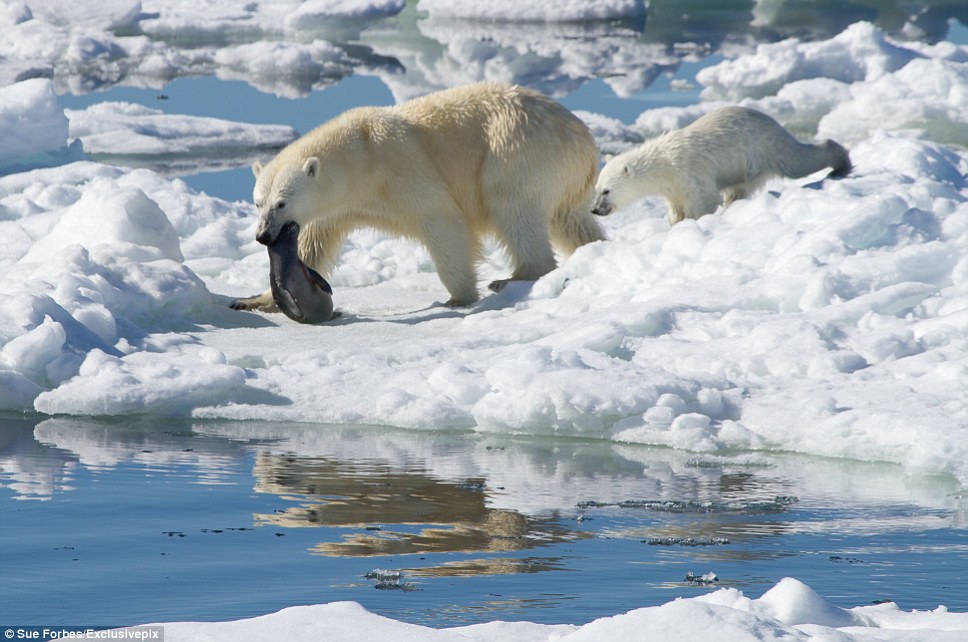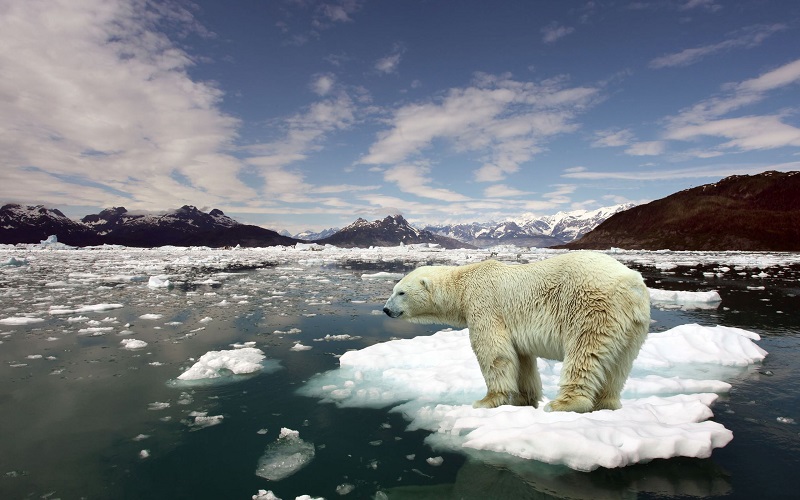Our freshwater supply is a very important resource that provides drinking water, and water for activities vital to survival such as cooking. However, many people fail to recognize the water that is not on the surface. Equally important to surface water such as streams, rivers, and lakes, is groundwater. Groundwater is the water that is stored in aquifers which are pore spaces of rock in which water fills underground. What may come as a surprise is that groundwater makes up 45% of the water we use for drinking and cooking, and 24% of water used for agriculture worldwide. So it is clear that it is a vital supply of water, and the question you may be asking now is, what’s the problem?

Tanya Gallagher at the AGU Fall Meeting. (Image provided by Tanya Gallagher)
A specific problem for groundwater in Canada and the United States is that nitrate groundwater contamination could possibly turn into a growing concern. Researcher Tanya Gallagher has been studying nitrate contamination of water in Abbotsford and the Sumas area of Canada and the United States respectively. During her research, an issue that became evident is that regulation of groundwater in aquifers is unregulated between these two countries, which is a contributing factor to the increasing nitrate concentrations in groundwater. Here is a video that explains the current issues of nitrate groundwater contamination between these two countries, in which Tanya Gallagher helps outline the problems, and solutions to this groundwater contamination.
https://www.youtube.com/watch?v=Pv3QLPiwCjQ
Well now we’ve heard the political issues but, why should the everyday person be concerned with increasing nitrate levels in our groundwater? It is important to realize that ingesting water with high levels of nitrate can potentially have many harmful health effects. One of the causes of this high nitrate concentration in groundwater is the excess use of nitrate in fertilizers. The nitrate is leaching into the groundwater and contributing to the contamination. The people most at risk of these negative health outcomes are pregnant women and their babies. If consumed in large quantities, this water can cause the blue baby syndrome in newborns and has links to various cancers as well. Equally important to realize, is that these issues are not concerning in places such as British Columbia, but in countries like India where water is not very regulated, these sort of issues are a big concern. But it is important to take the warning signs in these countries to ensure these problems do not occur in Canada and the United States. Here is an audio podcast; with the help of Tanya Gallagher, we go into further detail about the causes of these health concerns, the impact they can have, and potential solutions.
So nitrate contamination of groundwater is a problem that should be paid attention to more by the governments and individuals alike, as the harmful impacts are preventable.






